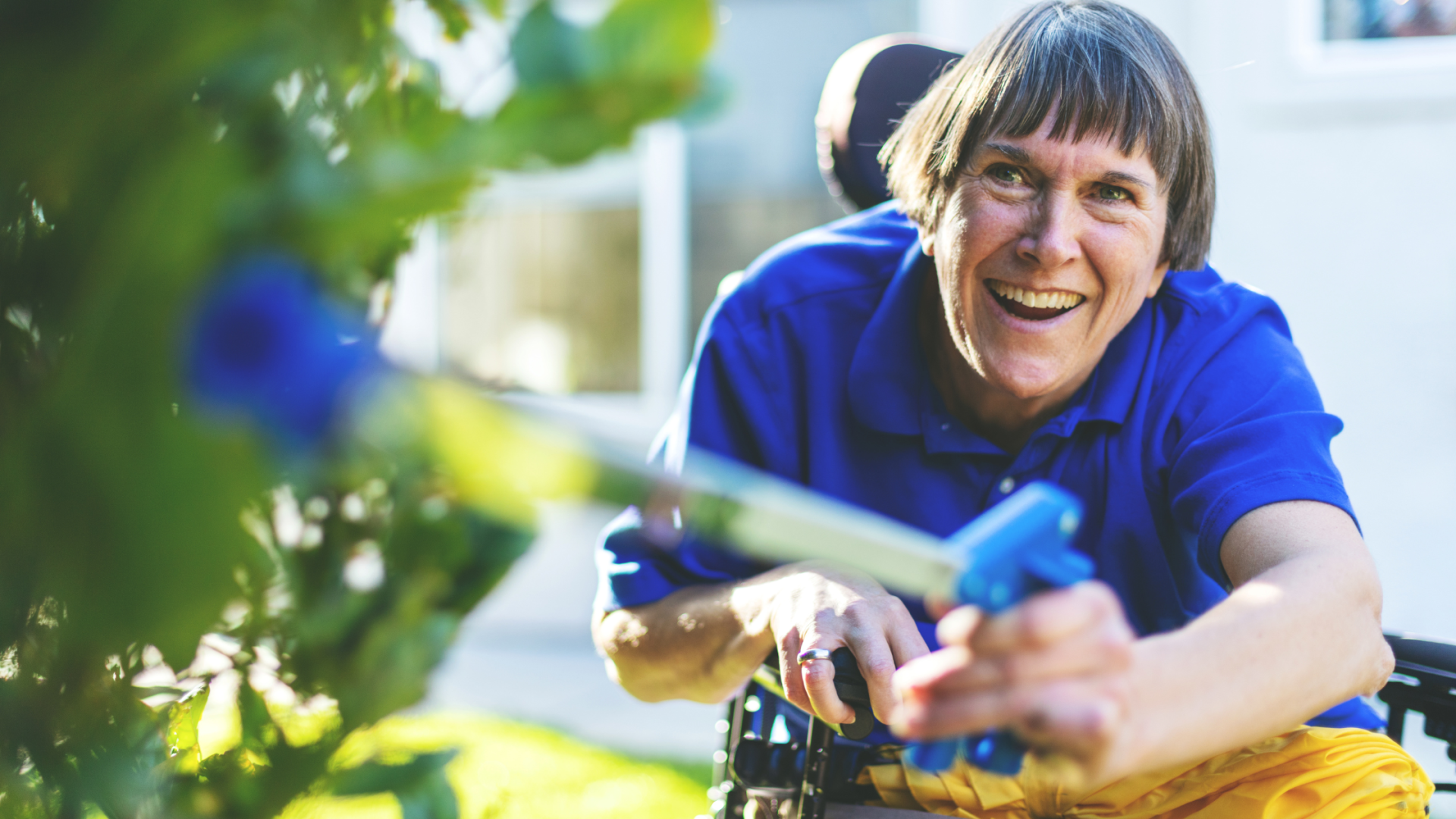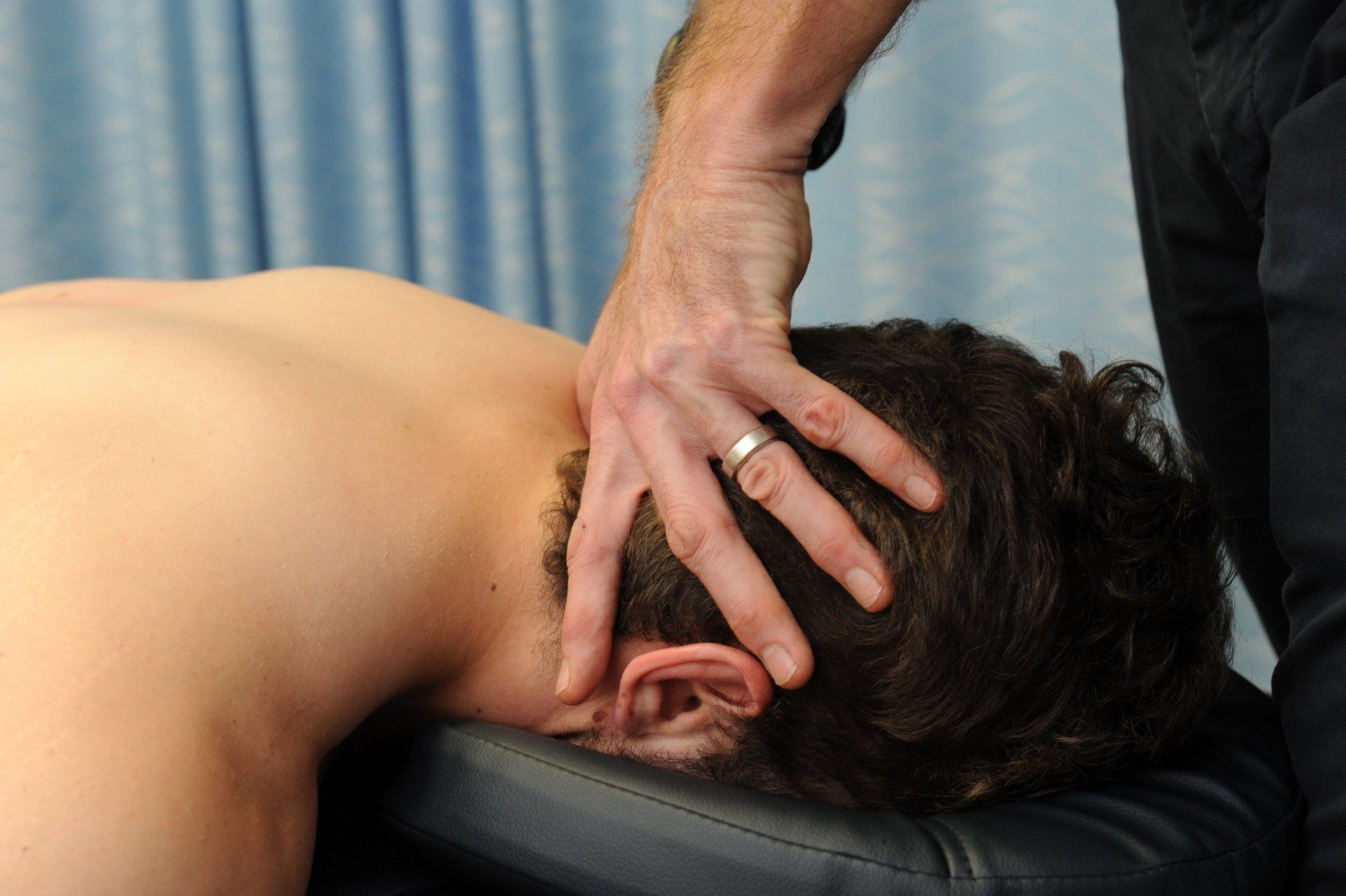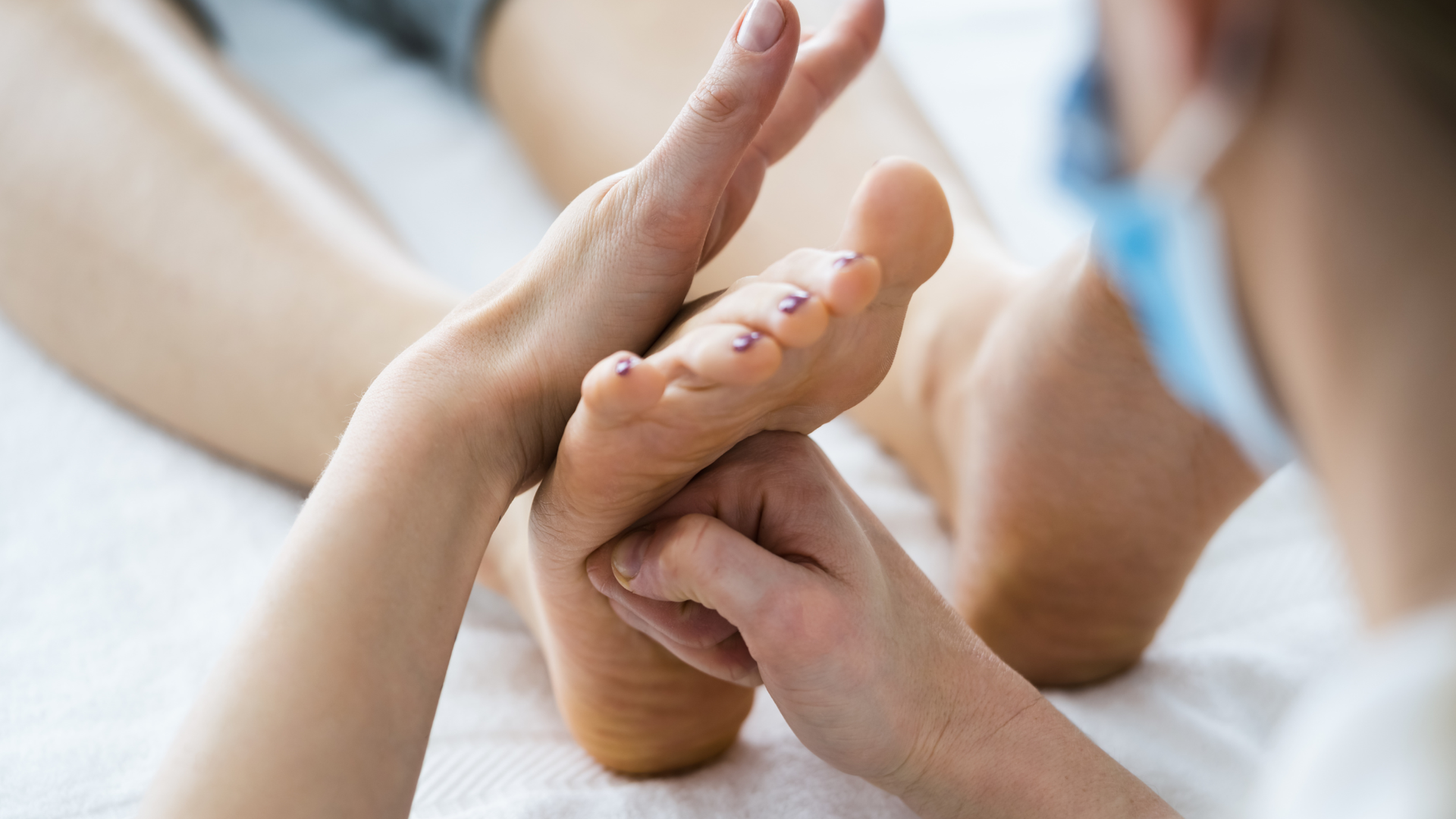NDIS - Exercising with Multiple Sclerosis
MS is a complex disease, but physiotherapy-led exercise can help

Multiple Sclerosis, or MS, is a progressive neurological disorder that affects approximately 25,600 people in Australia and over 2.8 million people worldwide7. Over the past 20 years, there have been significant advances in disease-modifying medications and recent years have heralded a revolution in treatment options. Despite this, many people with MS (PwMS) continue to live with disability. Targeted interventions, including physiotherapy and therapeutic exercise, to address individual symptoms remain a critical aspect of managing PwMS.
In Australia, the introduction of the NDIS is improving access to physiotherapy and a broader range of therapy options, including therapeutic exercise, hydrotherapy and telehealth delivered exercise in the home.
Some facts about MS
MS is a complex, multi-factorial neurological condition that affects the myelin sheath around nerves in the central nervous system (CNS)6,10. To put this in layman terms, each nerve has an insulating cover called myelin, much like an electrical wire in our house. In MS, the myelin sheath starts to break down, causing interruptions in the transmission of signals.
The cause of MS is not clear however it is understood that there are environmental, behavioural, and genetic factors implicated in its aetiology and clinical course. Importantly, people with MS have a normal life expectancy, which means they may live for many years with severe mobility issues and a need for regular therapeutic intervention4. Click here for more facts on MS in Australia.
What are the symptoms?
There are no typical symptoms of MS and what one person experiences may not be experienced by another person10. Because MS is a progressive neurodegenerative disease, it does result in a wide spectrum of disorders in functional systems including motor, sensory, visual, psychological, sexual, and bowel and bladder function4.
Many people first notice visual disturbances as an early sign. This is often accompanied by fatigue, pain in the back of the eyes, numbness, and tingling sensations. As MS progresses, people notice motor issues, such as a loss of balance, dizziness and reduced functional capacity8,10.
It is important to remember that many of these symptoms can be caused by other conditions as well.
Don’t assume your symptoms are a sign of MS though - not everyone who experiences them will get an MS diagnosis.
That’s why it is important to consult your GP if you have any symptoms that are worrying you.
How is MS diagnosed?
MS is a complex disease with a wide spectrum of symptoms. In most instances, where MS is suspected, your GP will refer you for various blood tests and scans and for assessment by a Neurologist. Investigations can include an MRI, lumbar puncture (looking for antibodies that might not normally be present), blood tests and nerve conduction studies.
Once a diagnosis of MS is made, people are often assessed against a scale called the Expanded Disability Status Scale (EDSS). This is a way of measuring how much someone is affected by their MS and guiding appropriate interventions and needs at the time.
Where does Physiotherapy fit in?
Physiotherapy is a core part of a multi-disciplinary approach to managing People with Multiple Sclerosis4 (PwMS) and co-morbidity risks associated with reduce physical activity4,5. MS is progressive and characterised by ‘relapses’, so the needs and goals of the patient will vary over the lifespan. Physiotherapists are great at assessing current symptoms, formulating patient-centred goals, and delivering therapeutic interventions to reduce pain and enhance the autonomy, strength, and coordination of voluntary movements4.
For the PwMS, acute issues might be pain, loss of balance, spasticity, or a specific functional limitation. Physiotherapy can help address these, with a long-term view of facilitating the participation needs of the client, educating clients and families, improving physical independence and fitness levels, reducing persistent pain, and improving quality of life across the lifespan4,5.
Exercise
There is a significant body of evidence to suggest that, for those living with MS who remain ambulatory, exercise programs can have a beneficial effect on both disease symptoms and general fitness4,5,6. Aerobic exercise has been shown to improve walking speed and step length, and reduce fatigue, while progressive resistance exercise programs improve walking over short distances, improve physical strength and balance, reduce fatigue, and improve quality of life4,5,6,8.
There is also mounting evidence that exercise programs delivered by physiotherapists via telehealth to PwMS can be as effective as programs delivered face to face, and that even exercise games can be beneficial in achieving the fitness goals for PwMS3.
LEAP-MS
LEAP-MS stands for ‘Lifestyle, Exercise and Activity Package for people with MS’, and is a new study being conducted out of Cardiff University in the UK. The aim of the study is to help physiotherapists identify barriers that PwMS face with keeping active and to develop a platform to assist in the delivery of programs that will improve physical fitness and quality of life in PwMS5. Click here for more information.
Pain Management
Physiotherapy can assist with pain associated with relapses using a variety of techniques. Soft tissue therapy, joint mobilisation, and hydrotherapy can greatly assist with reducing the pain experience. Smart adjustments to exercise programs during a flare-up can also help reduce pain and manage fatigue.
The Take Home
Physiotherapy will make a huge contribution to the quality of life and functional capacity of clients with MS both during relapses and across the lifespan. In Australia, the NDIS has increased access to services for persons with MS. The evidence is strong for a variety of physiotherapy led interventions, particularly functional therapeutic exercise and pain management, which can be adapted to address acute symptoms and tailored to meet the long-term goals of the individual PwMS.
Do you want to get more out of your NDIS funding? Then give us a call.
All our clients are individually assessed, and programs tailored to your specific needs. We are the only QIP Accredited Physiotherapy services in the Northern Territory and an approved NDIS provider. We offer a broad range of services to assist with management of neurological movement disorders and persistent pain including hydrotherapy, manual therapy, massage, therapeutic exercise programs, clinical pilates and functional rehabilitation, all delivered by a highly skilled team.
References
- Amiri Z, Sekhavat Y, Goljaryan S & Roohi S (2022). KeepStep: Accommodating user diversity through individualized, projection-mapping based exergames for rehabilitation in people with multiple sclerosis. Multimedia Tools and Applications, https://doi.org/10.1007/s11042-022-12771-w
- Campbell JA, Simpson Jr S, Ahmad H, Taylor BV, van der Mei I and Palmer AJ (2019). Change in multiple sclerosis prevalence over time in Australia 2010–2017 utilising disease modifying therapy prescription data. Multiple Sclerosis Journal, https://doi.org/10.1177/1352458519861270
- Chanpimol S, Benson K, Maloni, H, Conroy S & Wallin M (2020). Acceptability and outcomes of an individualized exergaming telePT program for veterans with multiple sclerosis: a pilot study. Archives of Physiotherapy, 10:18, https://doi.org/10.1186/s40945-020-00089-5
- Coote S, Garrett M, Hogan N, Larkin A & Saunders J (2009). Getting the Balance Right: A randomised controlled trial of physiotherapy and Exercise Interventions for ambulatory people with multiple sclerosis. BMC Neurology 2009, 9:34 doi:10.1186/1471-2377-9-34
- Latchem-Hastings J, Randell E, Button K, Jones F, Lowe R, Dawes H, Wood F, Davies F, Poile V, O’Halloran R, Stensland B, Tallantyre E, Playle R, Edwards A & Busse M (2021). Lifestyle, exercise and activity package for people living with progressive multiple sclerosis (LEAP-MS): protocol for a singlearm feasibility study. Pilot and Feasibility Studies, 7:111, https://doi.org/10.1186/s40814-021-00852-w
- Motl RW & Sandroff BM (2015). Benefits of Exercise Training in Multiple Sclerosis. Curr Neurol Neurosci Rep, 15: 62, DOI 10.1007/s11910-015-0585-6
- Proschinger S, Kuhwand P, Rademacher A, Walzik D, Warnke C, Zimmer P & Joisten N (2022). Fitness, physical activity, and exercise in multiple sclerosis: a systematic review on current evidence for interactions with disease activity and progression, Journal of Neurology, 269:2922–2940, https://doi.org/10.1007/s00415-021-10935-6
- Sattelmayer KM , Chevalley O, Kool J, Wiskerke E, Denkinger LN, Giacomino K, Opsommer E & Hilfiker R (2021). Development of an exercise programme for balance abilities in people with multiple sclerosis: a development of concept study using Rasch analysis. Archives of Physiotherapy, 11:29, https://doi.org/10.1186/s40945-021-00120-3
- Sedel L, Wilson IB & McDonald EA (2014). Current management of relapsing-remitting multiple sclerosis, Internal Medicine Journal, doi:10.1111/imj.12558.
- Seebacher B, Kuisma R, Glynn A & Berger T (2018). Exploring cued and non-cued motor imagery interventions in people with multiple sclerosis: a randomised feasibility trial and reliability study. Archives of Physiotherapy, 8:6, https://doi.org/10.1186/s40945-018-0045-0








